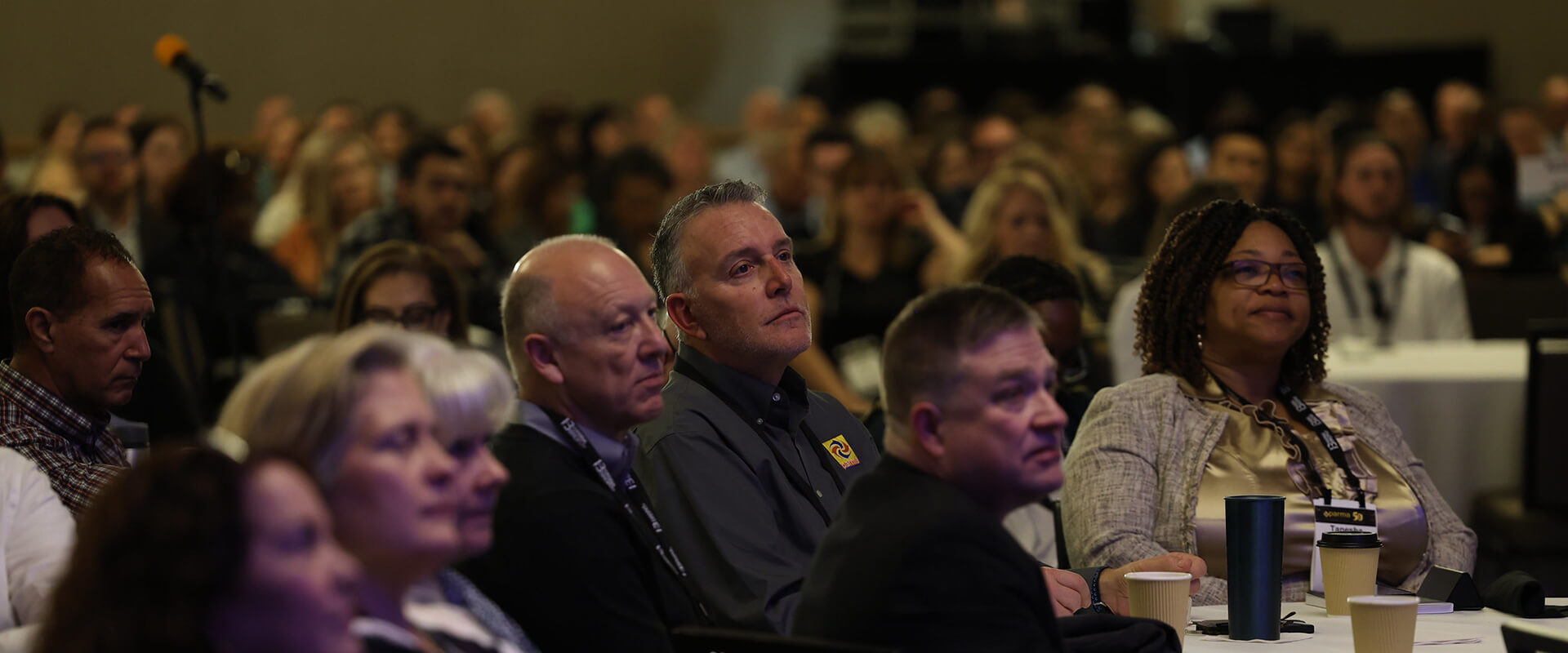Santa Cruz, Calif.’s Climate Adaptation Plan looks at storm surge long-term and offers estimates of what the coastline could look like in 2030, 2060 and again in 2100. But combined with the accompanying Hazard Mitigation Plan, it plants the seeds for preparing for the possibilities of a turbulent California.
The city updated its Climate Adaptation Plan from the original version developed in 2011 and this time included a sea-level rise vulnerability assessment that incorporated a social vulnerability aspect, looking at who was vulnerable at different time horizons, mapping those areas. It gives city officials a good idea of who will be vulnerable and when.
But even better, the mitigation plan, with the knowledge from the climate plan, begins to address preparation by building a rapport with those vulnerable individuals by reaching out to them and attempting to keep them engaged in what the hazards are and will be and how to best mitigate those.
“We’re really trying to initiate a conversation about these kinds of impacts that haven’t been talked about in the past,” said Tiffany Wise-West, sustainability and climate action manager for the city.
he said the city conducted a nine-month, 50-event outreach campaign in the vulnerable areas.
Mostly, those areas encompass residents who are considered vulnerable because of poverty, or who speak English as a second language, and these are primarily lower-lying areas susceptible to flooding.











